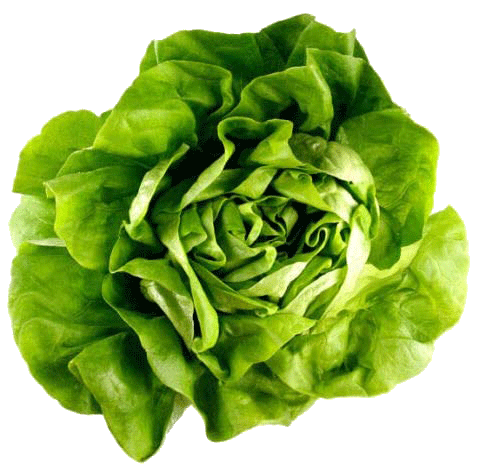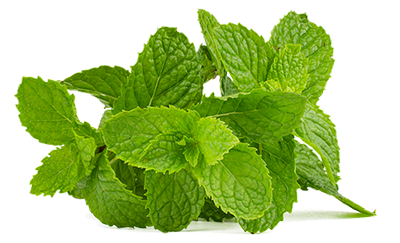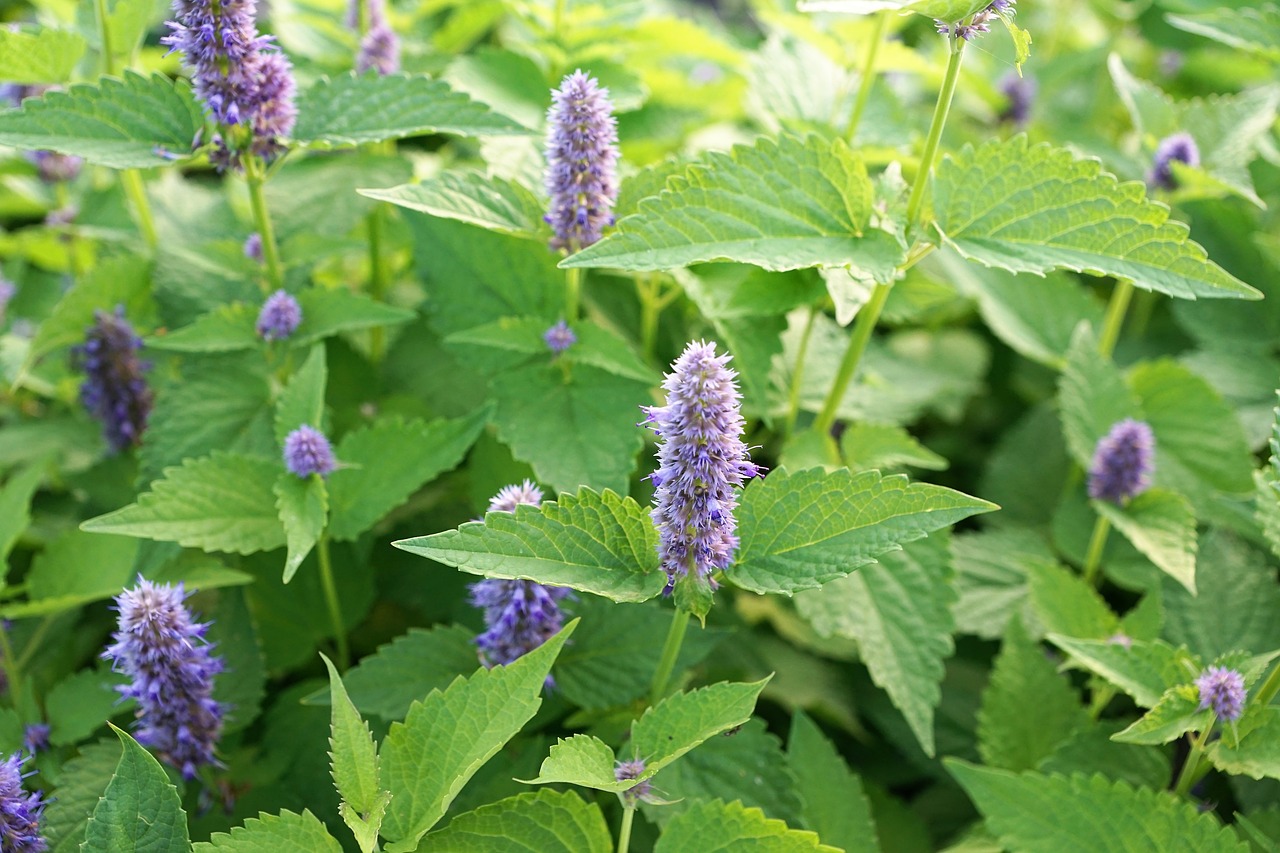Mint Herb
(and several other varieties)




Also known as mentha in Greek, mint is a genus of plant that belongs to the Lamiaceae family. This plant family has about 15 to 20 other plant species, which also include spearmint and peppermint.
Known for its fragrant smell and aromatic taste, the mint herb is a perennial plant characterized by toothed leaves and small pink, purple, or white flowers. The mint leaves are a popular kitchen ingredient because of their pungent scent and are often used in gums, candies, sweet teas, juices, and other food products. Aside from adding a strong menthol flavor, mint also reduces sodium and sugary taste from foods and beverages.
Additionally, mints are also useful as air fresheners, garden accessories, ground covers, toothpaste flavoring, herbal medicines, and beauty products. The oil from the mint plant has multiple functions and is being used in many products all over the world.
The history of mint started centuries ago. It was known to be used not only as a medicinal treatment but was also associated with beauty and money, too. The plant was introduced by the Romans to England. Initially referred to as ‘myntys’, the plant was mentioned by Mayster Jon Gardener (a pseudonym) in his book The Feate of Gardening as early as 1440.


